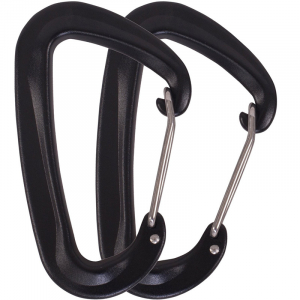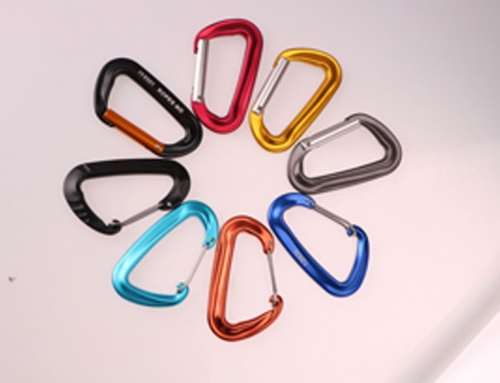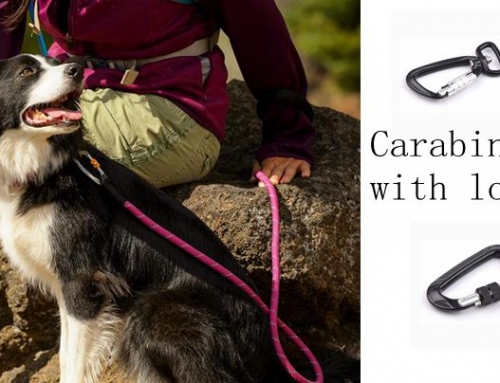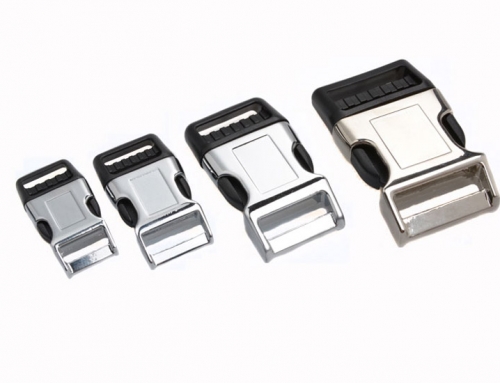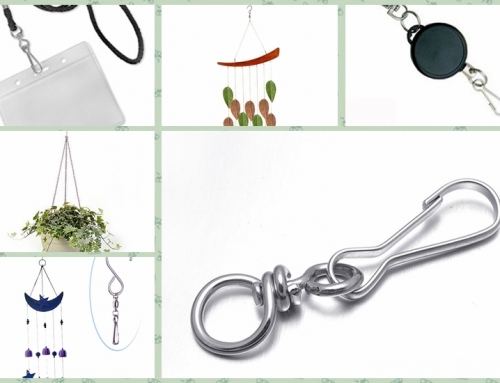Carabiner strength rating needed to hang hammock
Carabiner strength rating needed to hang hammock? Anyone who has ever been out camping understands that all too often it’s the little details that make all the difference. This makes sense to some extent, I mean you’re not going to forget the tent when you go camping. Guys love fire too much to forget the firewood or not have something planned for when they get there.
By the same token you’re not likely to forget about packing the hammock or the straps, but what about the carabiners? That can quickly become an issue during set up and unless you’re prepared that’s going to be harder to gerry-rig than a small tent. This is the type of thing you definitely notice once you need them and don’t have them.
Carabiners are more often associated with rock climbing, but depending on your preferred camping set up, they become an important way to help set up your hammock strap suspension system and picking the right ones for your specific needs can make a major difference.
The Best Hammock Carabiners
There are several different things to consider when choosing between carabiners and going with the one that is going to be the best fit for your specific needs. There’s no question that carabiners that are designed for rock climbing are going to be strong enough to certainly get the job done, there are slight variations in design that allow hammock carabiners to function better for the needs of your average hammock campers.
Just a short list of things to look at:
Weight of the carabiners
Shape or design
Weight that can be handled
Materials used in construction
Specific usage design
These are often relatively small details, or at least seem like it, but they make an enormous difference in how they are going to function for various uses, especially when it comes to getting them for hammocks or thinking about things like weight and ultralight backpacking needs. Read on to learn more about which ones get the nod for being among the best options – specifically for camping hammocks.

Carabiners rated for climbing have minimum strength requirements to ensure the gear will not break when used properly. Climbing carabiners are rated in 3 orientations.
Major Axis
Major Axis Strength
This is the strongest orientation and the way carabiners are designed to be loaded.
Open Gate
Open Gate Strength
While climbing, carabiners lying against the rock can be opened slightly as they move across an uneven surface. A carabiner can also open slightly during a fall as the ‘biner starts to vibrate, dispersing the energy (also called “gate flutter“). A weak gate closure (due to a poor/failing spring or an over-stressed wire) could also leave the gate ajar.
Minor Axis
Minor Axis Strength
Carabiners are not intended to be loaded along the minor axis (cross-loaded), but it’s possible for a carabiner to unintentionally rotate during use, particularly during belay. Of all accidental misuses of a carabiner, cross-loading is the most frequent suspect, which is why there is a rating for it.
Note: Generally wire gates are stronger than solid gates in this orientation. During the test, the wire gate bends, absorbing some of the force, as compared to a less pliable solid gate.
Wire gate carabiner strength rating
Carabiner strength rating needed to hang hammock?Wire Gate Aluminum carabiner are perfect for hammockers. These come in sets of two, as makes sense, and are a multi-use hanging carabiner that are designed for use in camping, hanging hammocks, or basic backpacking and hiking utility uses.
These popular D-shaped carabiner strength rating is 10 KN, which means they are good for up to 2,248 lbs of pressure. These are 3.15 inches long and weigh a mere 0.7 ounces, once again showing why there are special carabiners for ultralight backpackers who decide to go the hammock camping route.
These carabiners clearly are for use with a rope or hammock strap system that will provide plenty of comfort to the hammocker or thru hiker, but as clearly stated these are not for rock climbing. They are specifically designed for hammock setups much closer to the ground.
These are extremely popular non-locking carabiners.

